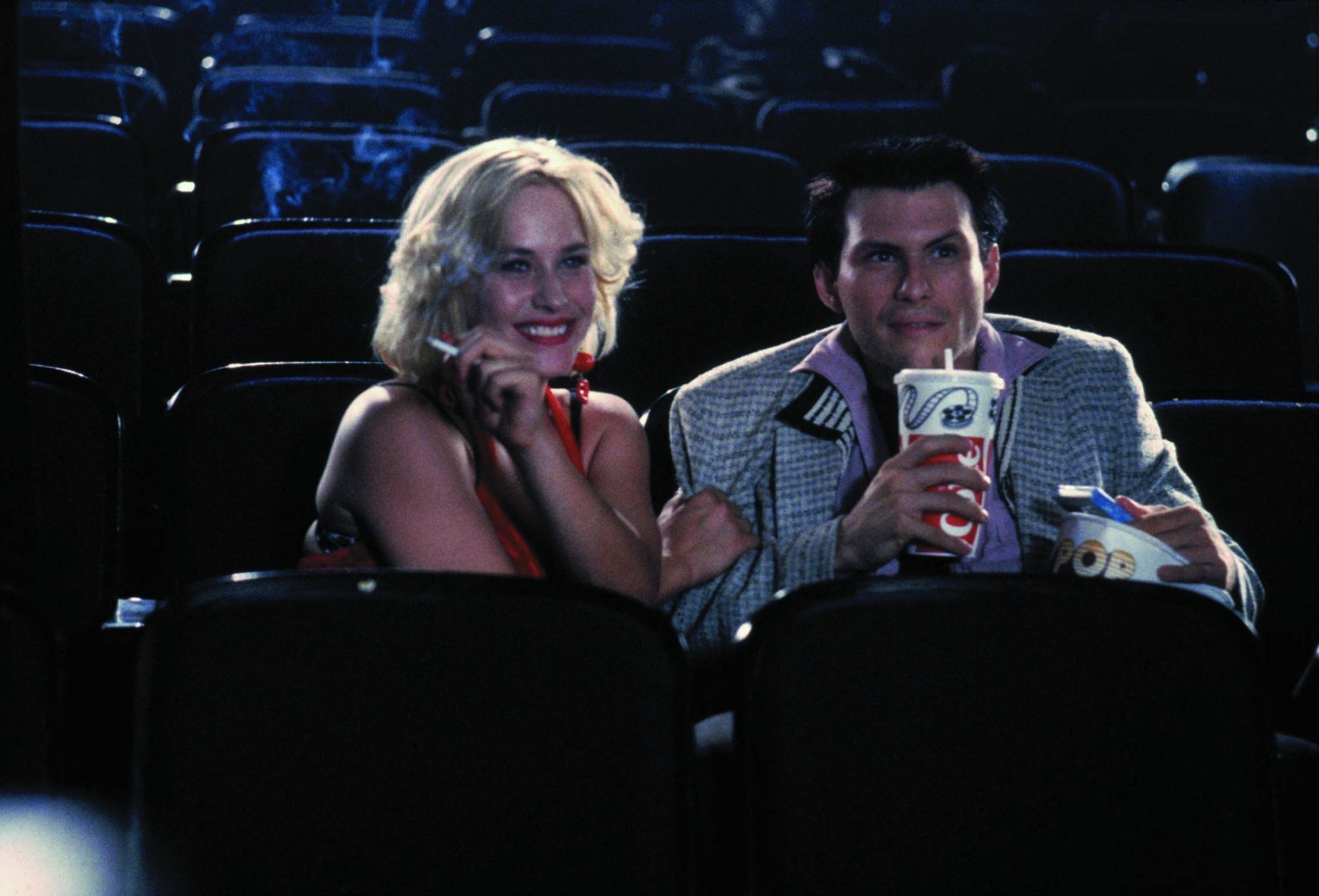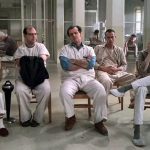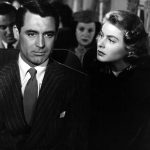True Romance (1993)

Released in 1993 and directed by Tony Scott, “True Romance” is a cinematic gem that defies genre conventions with its blend of romance, crime thriller, and dark comedy. Written by Quentin Tarantino, the film unfolds as a high-octane narrative filled with memorable characters, sharp dialogue, and unexpected twists.
Set against the gritty backdrop of Detroit and Los Angeles, “True Romance” introduces us to Clarence Worley, portrayed by Christian Slater, a charming yet naïve comic book store clerk with a penchant for Elvis Presley. Clarence’s life takes a dramatic turn when he meets Alabama Whitman, played by Patricia Arquette, a beautiful call girl with a heart of gold.
Their whirlwind romance sparks an impulsive decision to steal a suitcase full of cocaine from Alabama’s pimp, Drexl Spivey, portrayed by Gary Oldman in a memorable supporting role. This reckless act sets off a chain reaction of violence and betrayal, propelling Clarence and Alabama on a dangerous journey to sell the drugs in Hollywood and start a new life together.

The film’s ensemble cast is a tour de force of talent, with standout performances from Dennis Hopper as Clarence’s wise yet estranged father, Christopher Walken as a menacing mob boss, and Brad Pitt in a memorable cameo as Floyd, the laid-back stoner roommate.
At its core, “True Romance” is a character-driven narrative that explores themes of love, loyalty, and the consequences of choices made under pressure. Clarence and Alabama’s relationship is both tender and tumultuous, forged in the heat of danger and fueled by their unwavering devotion to each other.
The screenplay by Tarantino is peppered with his trademark wit, pop culture references, and sharp dialogue that crackles with intensity. Each character is vividly drawn, from the eccentric to the ruthless, creating a tapestry of personalities that collide in unexpected and often explosive ways.

Tony Scott’s direction infuses the film with a vibrant energy, capturing the neon-lit streets of L.A. and the seedy underbelly of crime with a stylized flair. The action sequences are choreographed with precision, heightening the stakes as Clarence and Alabama find themselves pursued by both law enforcement and underworld figures.
One of the film’s standout scenes is the tense confrontation between Clarence and Alabama’s father, played by Hopper, and a cold-blooded hitman portrayed by Walken. This electrifying exchange exemplifies the film’s ability to blend dark humor with moments of raw emotion and existential dread.

“True Romance” is also notable for its eclectic soundtrack, featuring an eclectic mix of rock, pop, and classic tracks that underscore the film’s emotional beats and narrative twists. The music becomes a character in itself, enhancing the atmosphere and enriching the viewer’s experience of Clarence and Alabama’s turbulent journey.
In conclusion, “True Romance” remains a cult classic that continues to resonate with audiences for its bold storytelling, memorable performances, and thematic depth. It deftly navigates the complexities of love and crime, weaving a narrative that is as thrilling as it is poignant. Whether viewed for its dynamic characters, sharp dialogue, or stylish direction, “True Romance” is a testament to the enduring power of cinematic storytelling and the timeless allure of a love story set against the odds.











